Zeiss Batis f2.8 18mm Sample Images
The sample images immediately below are to show some perspectives and compositions that are possible with the Zeiss Batis 18mm lens. The ultra-wide perspective of the Batis often requires looking for compositions with a very close and dominant foreground. This lens is fun to use and forces a new way of looking at the world. The creative series images are processed from RAW files to taste in Lightroom. For full resolution images, see the aperture series further down the page.
Creative Series
Aperture Series
The aperture series is for pixel peepers. Sample images are default in-camera JPEGs and are available at full resolution to show lens performance from center to corner. All images were shot on a tripod using electronic first curtain shutter and a remote release. In some cases, to emphasize a specific lens aberration, 100% crops are made available. Feel free to download the images for personal use, but please ask to repost them on other sites, and provide a link to this site when doing so. Thanks.
As the sample images demonstrate, the Batis f2.8 18mm is remarkably sharp over most of the frame right from wide open. Only the corners suffer some softness. Note that the lower right corners of the mountainside shots are soft at wider apertures because of limited depth of field. The lens was focused on the distant mountainside and the lower right corner is only about 4 feet away. The lens peaks about f5.6, where edge to edge sharpness is stunning and corner sharpness is quite good. By f16, the effects of diffraction are noticeable, but the images are still very sharp. I wouldn’t hesitate to stop down to f16, if the depth of field was called for. The full frame sharpness of the lens is superlative from f4 through f11, and it easily matches the high resolution sensor in the Sony A7RII.
Chromatic aberration is difficult to find at any aperture. What little there is can be easily corrected in post processing. Vignetting is also remarkably mild for such a wide lens. Starting at about 1.5 stops wide open and falling to a little under a stop by f5.6, vignetting is a non-issue for most compositions. Similarly, distortion is a non-issue for landscape work. Indeed the few interior and architectural images I made show the Batis to be a good performer in this regard as well. Because of the inherently large depth of field even wide open, I didn’t examine bokeh. The only opportunity I had to judge flare came on a clear night, where the moon in the frame corner shows some flare, which seemed to be well controlled. All around, the Batis 18mm put in a very good performance.
The night shots are included to show flare, coma, and astigmatism. Coma and astigmatism, in particular, are important for astrophotography, but have less impact on daytime landscapes. This is one of the few less than stellar areas in the lens’ performance. Wide open, the Batis showed pinpoint stars over much of the frame, but showed significant coma and some astigmatism toward the edges and corners. In the star images, the coma appears as stars being elongated radially toward the frame corners. The astigmatism, in this case, blurs perpendicular to the coma because the lens’ tangential resolution falls off toward the corners faster than sagittal resolution. The result is what is sometimes described as a duck, or a body with wings. See the 100% crops below to get a visual sense of what this means. While astigmatism improves somewhat by f4, coma seems to remain. Stopping down beyond f4 for astro work is generally avoided. Consequently, the Batis is a serviceable, but not stellar (no pun intended) performer for astrophotography.
Have a close look at the full resolution sample images and judge the lens merits for yourself.
Conclusion
The Zeiss Batis f2.8 18mm lens is currently the widest native lens for the Sony Alpha mirrorless cameras. The lens is an excellent overall performer. Some might say the modest aperture and comatic aberration seen in star images are flies in the ointment. But making a faster lens and correcting more for coma would have entailed other compromises, including increasing size, weight, and cost. I think Zeiss has achieved an excellent balance, producing a lens of superlative image quality for wide range of applications, without breaking the bank. At $1500, the Batis 18mm isn’t exactly inexpensive, but in this case you get what you pay for.
Build quality and design will leave most photographers more than satisfied. The minimalist design is both aesthetically pleasing and ergonomically functional. The single user control, the focusing ring, is both smooth and precise. Not that you’ll be using it much, because manually focusing an ultra-wide lens is no simple task. Fortunately, the autofocus is fast and spot on when using hybrid or contrast detect systems. The one area where autofocus showed some uncertainty was indoors when using the phase detect continuous autofocus (AF-C) of the Sony A7RII. I’m not sure if this is a short coming of the lens or the camera algorithm not being a able to choose among its 399 focus points when presented with such a large field of view. At any rate, low light photography using continuous autofocus could be tricky at times. For landscape and other still work, the hybrid autofocus used in AF-S mode never missed in five days of testing.
Landscape and architectural photography intended for print demand high resolution images from corner to corner. This is an area where the Zeiss really delivers. From f4 through f11, the lens produces stunning edge to edge sharpness and is a good match for today’s high resolution, full frame cameras. Vignetting and chromatic aberration are mild to non-existent. Flare and distortion are also well controlled. For Sony shooters, in the vast majority of shooting situations where an ultra-wide lens is called for, the Batis 18mm is the tool of choice. As I said at the outset, ultra-wide lenses have always left me lukewarm because sooner or later you look at the corners. I was half hoping not to like the lens, because I didn’t need another piece of equipment on the wish (need) list. It turns out, my five days with this lens have significantly raised my bar of expectations. For landscape and other still photography, I can recommend the Batis 18mm without hesitation.
Update 1/29/17: There are indeed several wider third party lenses available for the FE mount, though only the Rokinon 14mm f2.8 has autofocus. By most accounts, the Rokinon is not in the same league with the Batis.
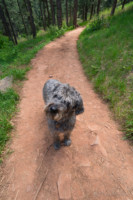
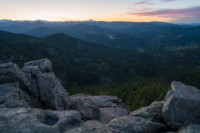
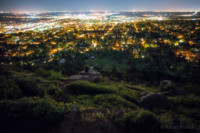
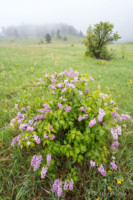
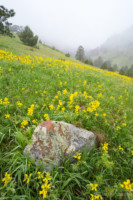
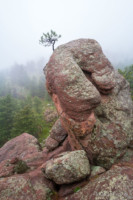
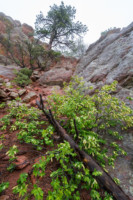
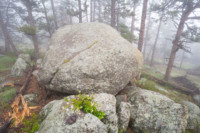
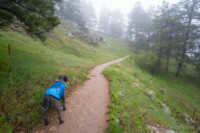
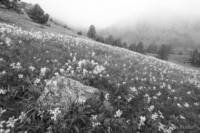
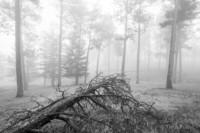
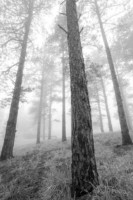
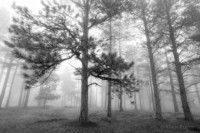
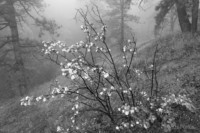
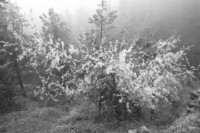
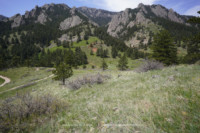
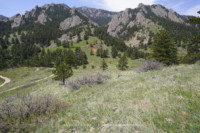
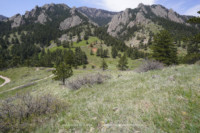
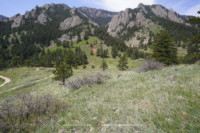
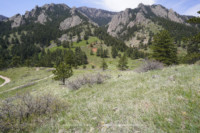
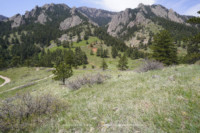
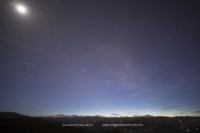
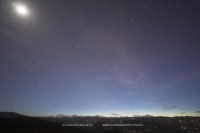
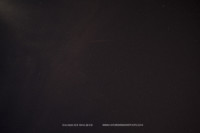
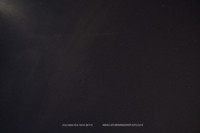
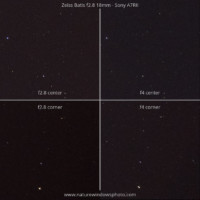
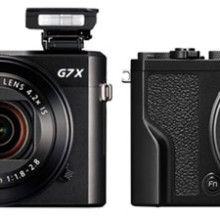

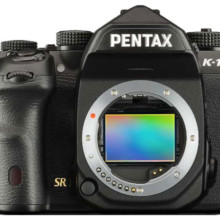
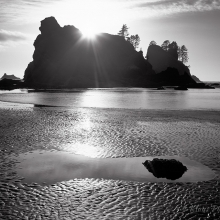

Fantastic review. Has helped in my decision to get 18mm over FE 16-35mm f4.
Interestingly, Lonely Speck found considerably less coma in this lens. Maybe sample variation? Also, you state the Zeiss is “currently the widest native lens for the Sony Alpha mirrorless cameras.” The Voigtlander 10mm, 12mm, and 15mm are all wider and native fe-mount. Both the Rokinon 12mm fisheye and the 14mm are fe-mount too.
You are correct, there are wider third party lenses for FE mount. When I wrote the article, I was just thinking about native autofocus Sony/Zeiss lenses. The text was not clear on that point. Thanks for the correction.
As for coma in the Batis 18mm, I am aware of the Lonely Speck review and respect their opinion. The differences in coma between the two reviews could be due to sample variation, though I suspect it has more to do with camera resolution. I believe Ian at Lonely Speck used a Sony A7S for his test of the Batis 18mm, whereas I used the A7RII for my review. At 3.5 times the resolution, the A7RII is much more demanding of lenses. So it may well be true that at 12MP, the Batis performs well with respect to coma. In all, I really liked the lens, but could not recommend it for astrophotography work largely because at f2.8 the lens is not quite fast enough.